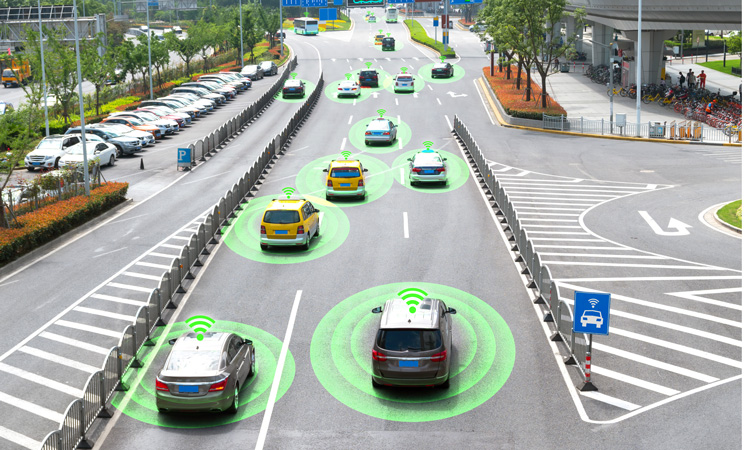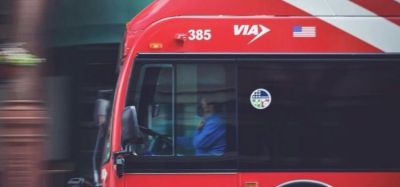Connected Places Catapult collaborates on development of CAV standards
- Like
- Digg
- Del
- Tumblr
- VKontakte
- Buffer
- Love This
- Odnoklassniki
- Meneame
- Blogger
- Amazon
- Yahoo Mail
- Gmail
- AOL
- Newsvine
- HackerNews
- Evernote
- MySpace
- Mail.ru
- Viadeo
- Line
- Comments
- Yummly
- SMS
- Viber
- Telegram
- Subscribe
- Skype
- Facebook Messenger
- Kakao
- LiveJournal
- Yammer
- Edgar
- Fintel
- Mix
- Instapaper
- Copy Link
Posted: 11 August 2020 | Sam Mehmet (Intelligent Transport)
The work seeks to bridge some of the gaps caused by an “absence of standard interfaces” when testing Connected and Autonomous Vehicles (CAVs).


Connected Places Catapult, an organisation which aims to grow businesses with innovations in mobility services and the built environment, has announced its participation in the creation of a set of new technical standards which, when released and adopted, aim to facilitate the introduction of Connected Autonomous Vehicles (CAVs).
Through its membership of the ASAM e.V. (ASAM), Connected Places Catapult aims to collaborate with global industry and academic partners to develop the ASAM OpenSCENARIO 2.0, OpenLABEL and Open Simulation Interface standards.
The lack of a standardised approach to realistic scenario based simulation for testing and safety assurance of CAVs is said to present a barrier to market entry for technology suppliers and regulators, due to the complex interactions which exist between the system under test, its environment and the test tools, which are difficult to verify in the absence of standard interfaces, according to Connected Places Catapult.
“The UK needs to be part of shaping these standards to ensure that UK organisations can be drawn in to benefit. The work complements and strengthens related Connected Places Catapult work undertaken for the Department for Transport (DfT) and the Centre for Connected and Autonomous Vehicles (CCAV) in this area,” Connected Places Catapult wrote in a statement.
500 members have joined ASAM since its foundation in 1998. Dr. Klaus Estenfeld, Managing Director of ASAM, said: “We are proud to count most of the large players of the automotive industry worldwide to our membership. Our regional scope has grown far beyond Europe with subsidiaries in Japan and China and an active community in North America. With our new standardisation domain ‘simulation’ which includes the so-called ASAM OpenX standards to validate automated and autonomous driving functions, we have added a new expertise with high future relevance to ASAM. In addition, we currently notice a growing trend to transfer standards to ASAM and to propose new standard developments within ASAM. We are very happy that the ASAM community is constantly growing and we thank all our members for their support and loyalty.”
Related topics
Connected & Autonomous Vehicles, Intelligent Transport Systems (ITS), Transport Governance & Policy, Vehicle & Passenger Safety
Related modes
Autonomous vehicles
Related organisations
ASAM e.V. (ASAM), Connected Places Catapult
Related people
Dr. Klaus Estenfeld







